Summer is in full swing, and with the recommendation to stay home and maintain social distance during COVID-19, you may find yourself looking at your surroundings a little differently (or maybe a little more closely) this season. Are you looking deeper into a neighborhood creek, finding things you’ve never noticed before? Viewing clouds in the sky you don’t usually take the time to look at? Are you watching a storm pass for a little while longer than you normally would?
Many of our NOAA resources go hand-in-hand with what you might be noticing in your neighborhood. Check out some of the connections staff from the NOAA Office of Education made below and then look for some of your own!
Get “cirrus” about clouds
Submitted by Bekkah Lampe, Outreach and Education Coordinator
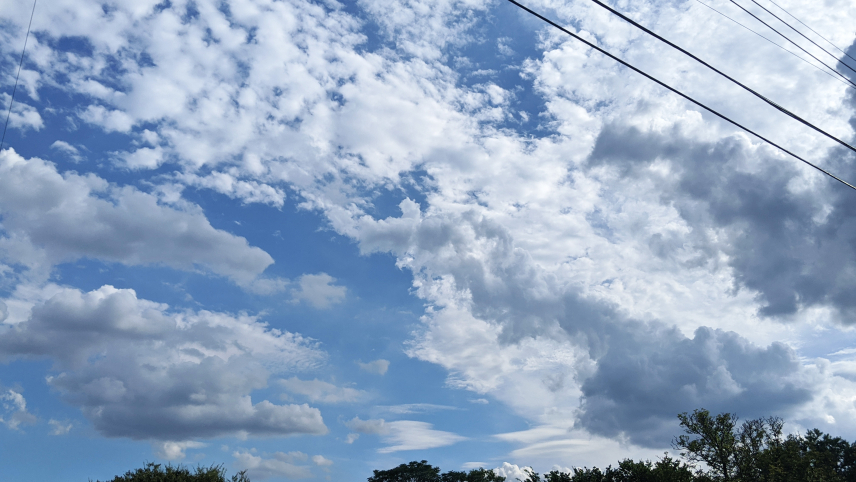
Wherever I go, I always find myself looking up at the clouds! They are different every day and everywhere. Clouds can be both beautiful and terrifying, bringing relief from a harsh sun, vital water to grow crops, or dangerous thunderstorms and flooding. Clouds, which come in many shapes and sizes, form when water molecules in the atmosphere bond to tiny nuclei (like specks of dust or pollen). They are identified as different types based on their elevation in the atmosphere, whether they are made of liquid water droplets or ice crystals, their overall appearance, and whether or not they bring rain or snow.
How many different kinds of clouds can you identify in the photograph above? I can count at least three. Use the NOAA Cloudwise poster to help you out!
Click to see some identified clouds in this photo.
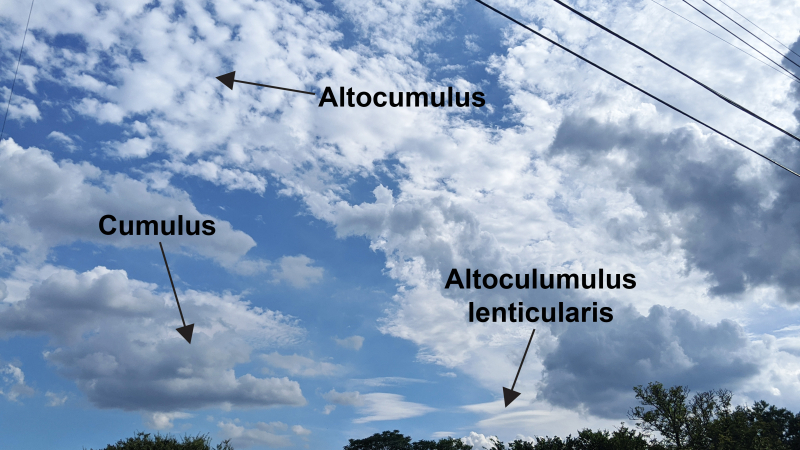
Oysters: A tasty and important mollusk
Submitted by Maggie Allen, Education and Grants Specialist
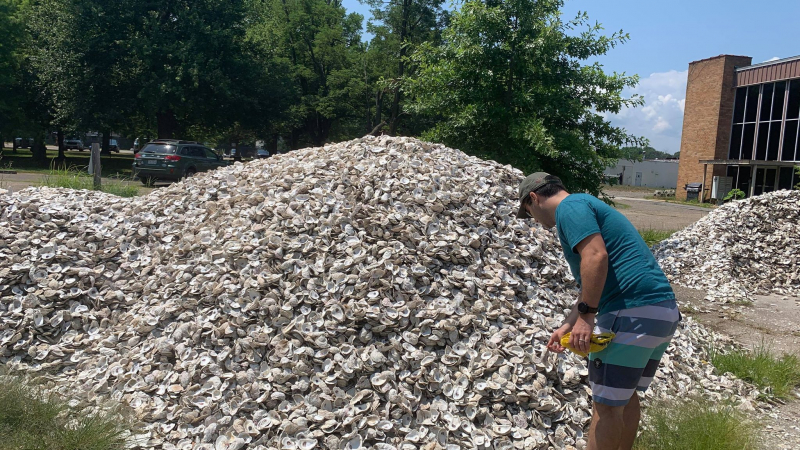
It’s been a special treat to order a few dozen oysters from a local shellfish farm and enjoy them at home. After we’ve shucked and eaten them all, we drop off the shells at one of many collection sites around the Chesapeake Bay watershed. NOAA partners like the Oyster Recovery Partnership offsite link and the Chesapeake Bay Foundation offsite link return these shells to the estuary in order to improve water quality and restore the ecosystem. Oyster reefs create crucial habitat for many marine species, as well as filter and clean the water around them. Learn more about the science and importance of oysters with the National Ocean Service Oysters in the Chesapeake Bay curriculum.
You won’t see a rainbow at high noon (at least not in the United States)
Submitted by Marissa Jones, Communication Coordinator
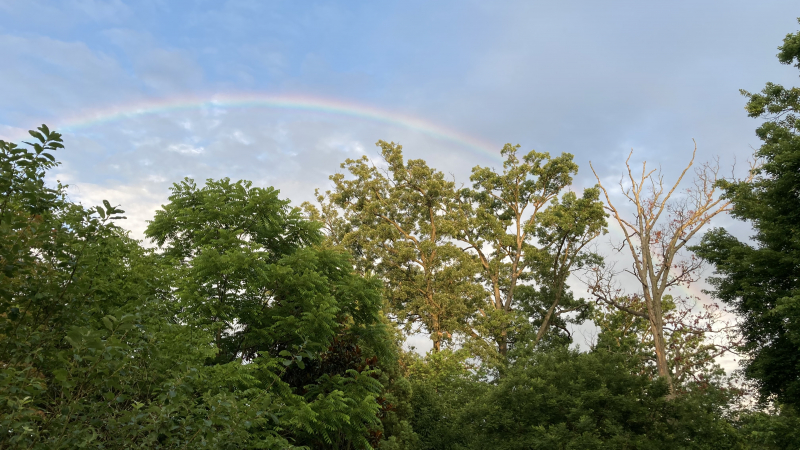
In the summer, I like to spend time outside in the mornings and evenings to avoid the hottest part of the day. Lucky for me, that’s also when I’m most likely to see rainbows like this one! Rainbows are caused by sunlight bending, or refracting, through water droplets, and they always appear in the region of the sky that is opposite the sun. In other words, when you see a rainbow, the sun will be at your back, and the lower the sun is at the time — say, in the early morning — the higher the rainbow will arc into the sky. By mid-morning for most of the United States, the sun is too high for rainbows to appear* — the point opposite the sun is below the horizon! Try out this rainbow simulator from NOAA SciJinks to see how the sun’s and the viewer’s positions determine when and “weather” a rainbow is visible.
*At least, the sun is too high for rainbows to appear in the sky. Expand to learn more.
So what’s going on here in this picture I took many years ago on a hike with some friends in Oregon? At 3 pm Pacific on September 8, 2012, the sun was still high overhead. And a rainbow did form, but we were looking down on it!
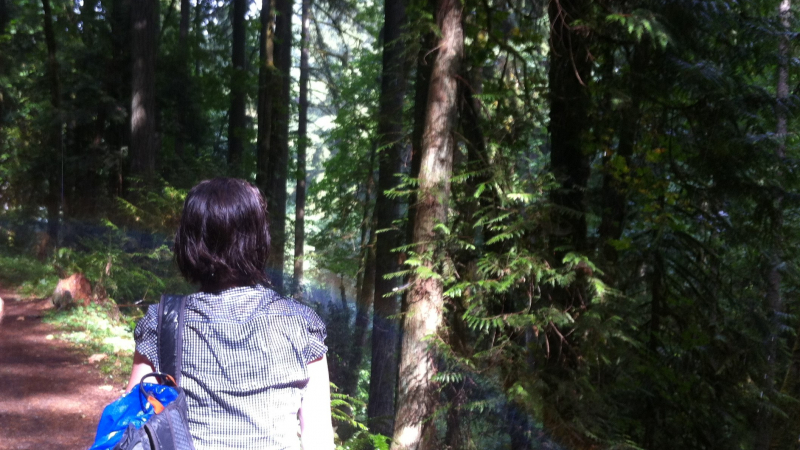
Mosquito habitat: Search and destroy
Submitted by Audrey Maran, Communication Specialist
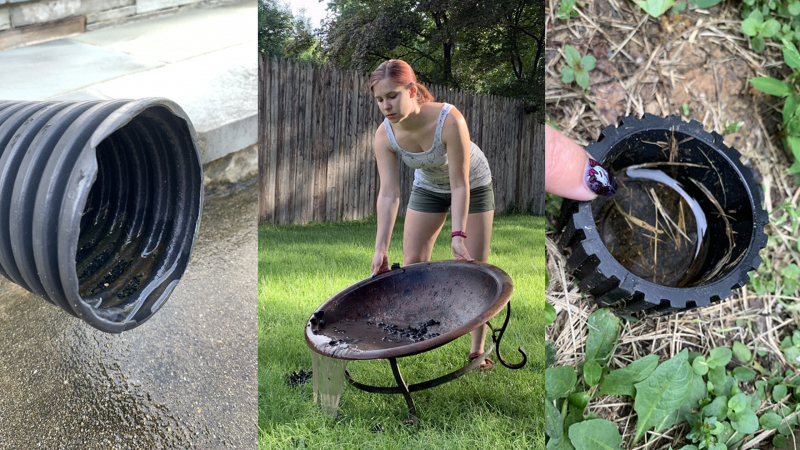
After every rainfall, I emerge from my house and start the hunt. I scour the yard, ready to jump into action as soon as I spot my target: mosquito habitat. Mosquito habitat can be found in a variety of forms, from a bird bath, to a pond, or even a forgotten bottle cap that catches water. Anywhere that water collects and stands still for more than a few days can serve as a breeding ground for mosquitoes. Learn how to join the fight against mosquitoes with the citizen science GLOBE Mosquito Habitat Mapper app. You can use the app to find out how to spot mosquito habitats, record your data for people to use, and when possible eliminate the habitat.
Weather Ready at home
Submitted by Andrea Sassard, Education Council Coordinator
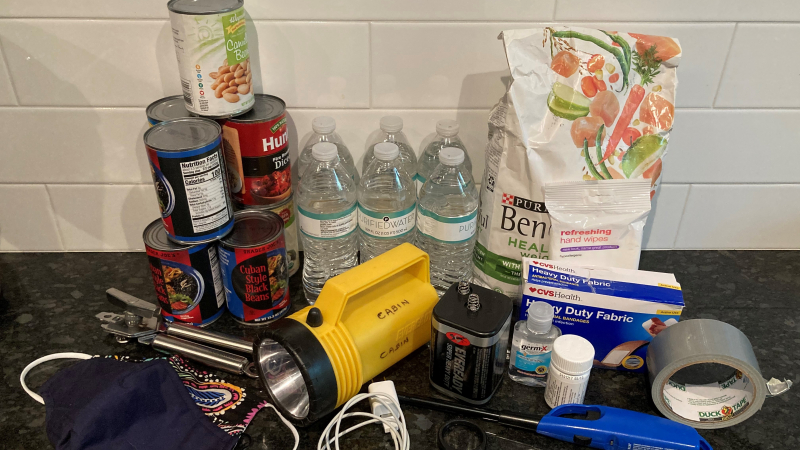
Flashlight? Check! Extra batteries? Check! Can opener? Check! Pet food? Check! Food and water for three days? Nope, add to the shopping list ...
As we think about hurricane preparedness, I thought about what I could do to be ready for tropical storms and hurricanes. Emergency preparedness starts at home, and putting together a disaster supplies kit is one way to keep you and your family ready for anything. Stuck inside during a rainy morning, I pulled up this checklist and inventoried what I had on hand. The checklist felt a little overwhelming, but bit by bit, I checked some things off or made a list of items, like a NOAA Weather Radio, that I need to get. As we may need to stay socially distant during an emergency, I also updated my kit to follow CDC guidance. Learn more about hurricanes, what to do before a storm, and check out other weather safety tips.
Stuck in the mud (or river!)
Submitted by Lisa Kim, Congressional Affairs Specialist
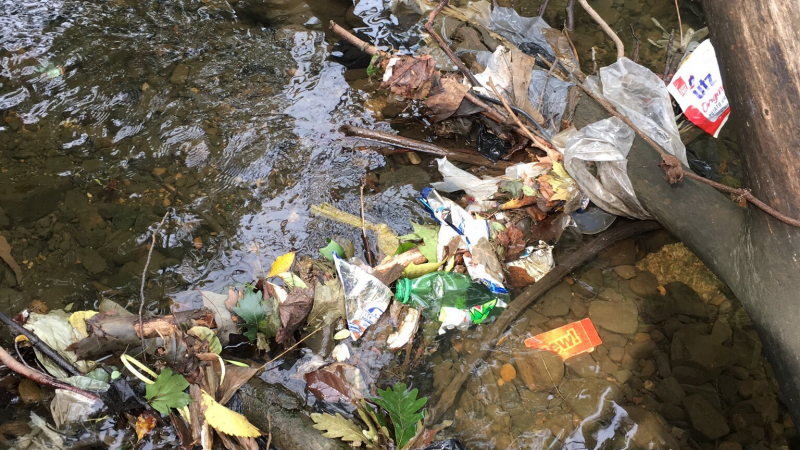
On my weekend hikes, I greet the usual trail inhabitants: the tall beech trees, the occasional red-backed salamander, a few chirpy cardinals, and of course, some plastic items tangled up in branches. Plastic is a pollutant from a nonpoint source and the most common type of anthropogenic litter, or trash, that’s found in our terrestrial and aquatic environments. Items that are thrown away on the ground can be swept up by the wind or a storm event into our waters. Once there, it can harm living organisms in many ways. For example, animals can eat plastic pieces or become tangled in them. Plastic can also leach harmful chemicals into the environment. Learn more about what you can do to control and prevent this and other types of non-point sources of pollution.
Expand to see the largest piece of debris I’ve found during my adventures!
You can track pollution like this and other debris with the Marine Debris Tracker app.
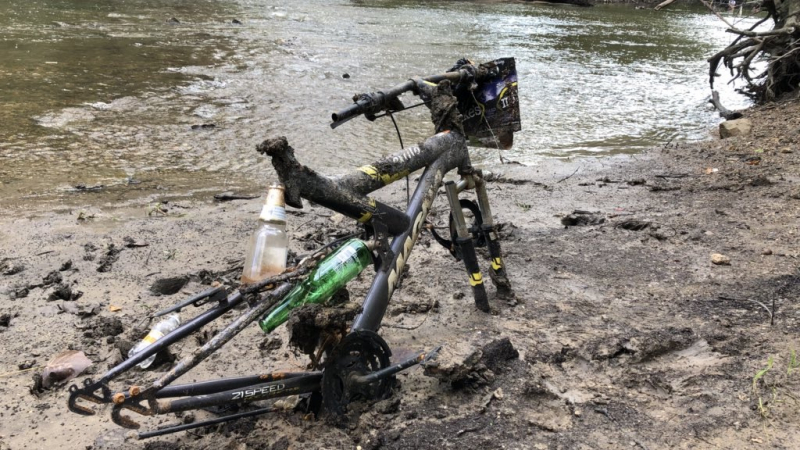
It’s all connected: The importance of cleaning up little neighborhood streams
Submitted by Maggie Allen, Education and Grants Specialist
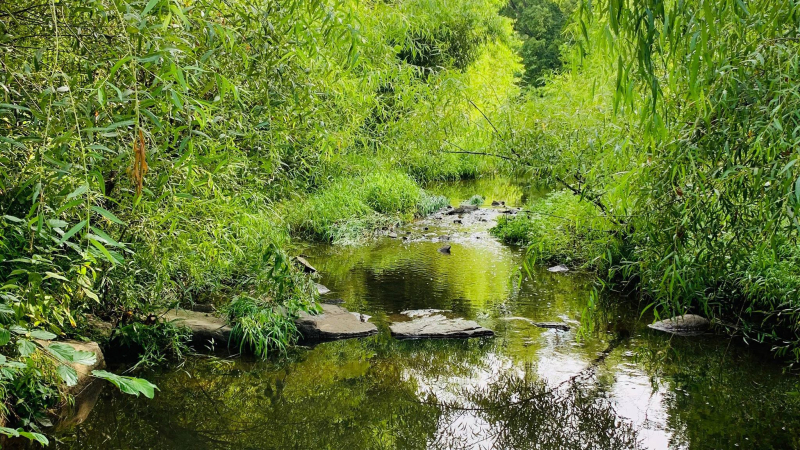
There are many beautiful creeks around my neighborhood, but sadly I cannot swim in them due to pollution from sources like suburban yards and sewage systems. These pollutants impact more than just my ability to take a dip — they also affect the local ecosystem, causing a decline in biodiversity and water quality. These streams are part of a larger watershed, and the waters (and pollutants) here eventually end up in the ocean over a hundred miles away. Addressing the pollution issues that affect these little creeks can ultimately improve ocean health. To learn more about how to protect your local watershed, check out the NOAA resource collection on watersheds, flooding, and pollution.
Flood watch
Submitted by Amara Huddleston, Education Strategic Planning Specialist
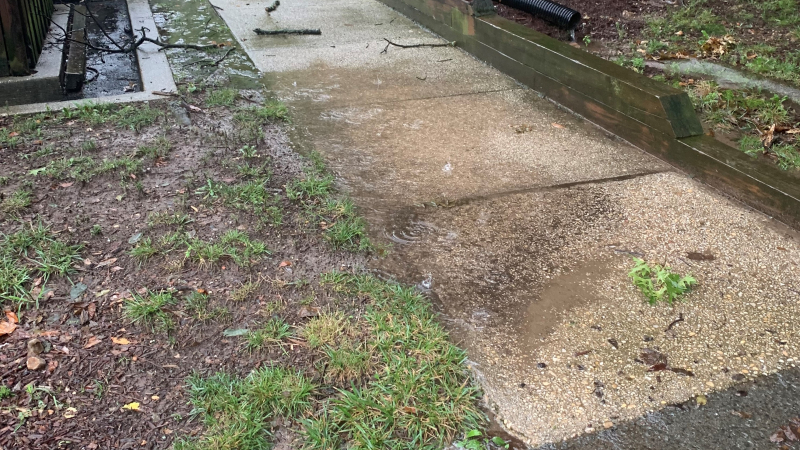
I love a good rainstorm, but I’m not as excited about splashing in puddles as I used to be! Unfortunately, flooding is common in the DMV (D.C., Maryland, and Virginia) area, and I have gotten my feet wet way more often than I would like to. Flooding can be caused by heavy rains, tropical storms, severe thunderstorms, or the rapid melting of winter snow. No matter the cause of flooding, it can pose a threat to property and human life. Luckily, weather forecasting can alert us when a weather event, like a thunderstorm, will occur and if there will be flooding associated with this event. If you venture out during a potential flood event remember: Turn Around, Don’t Drown!


